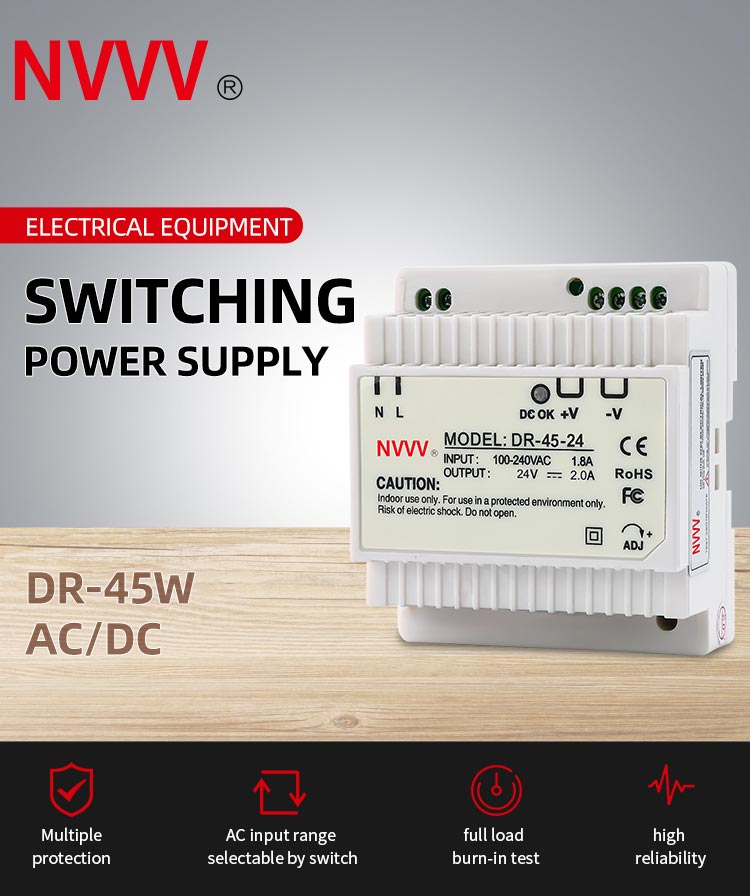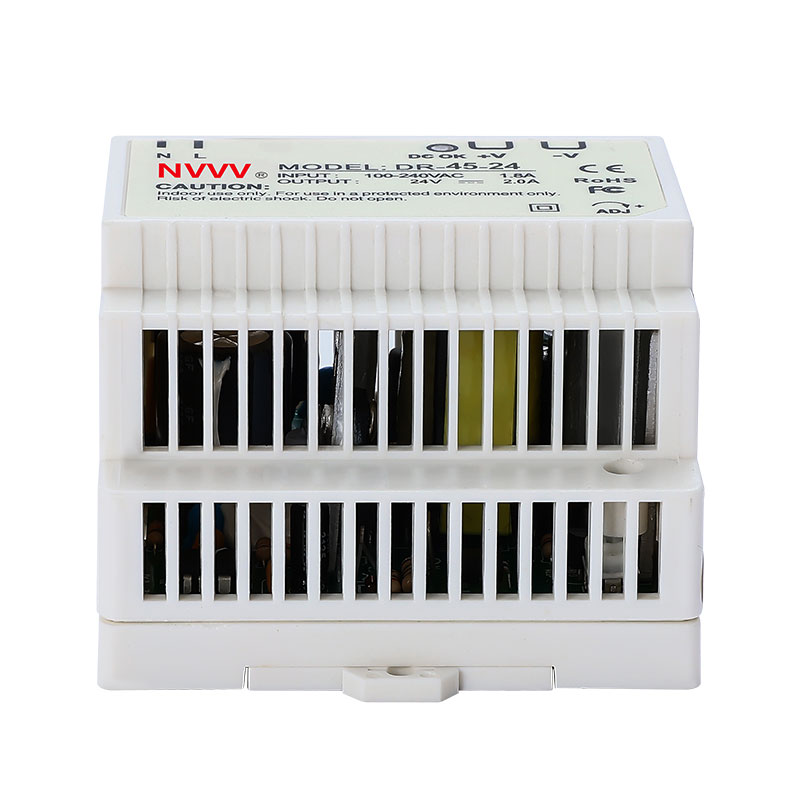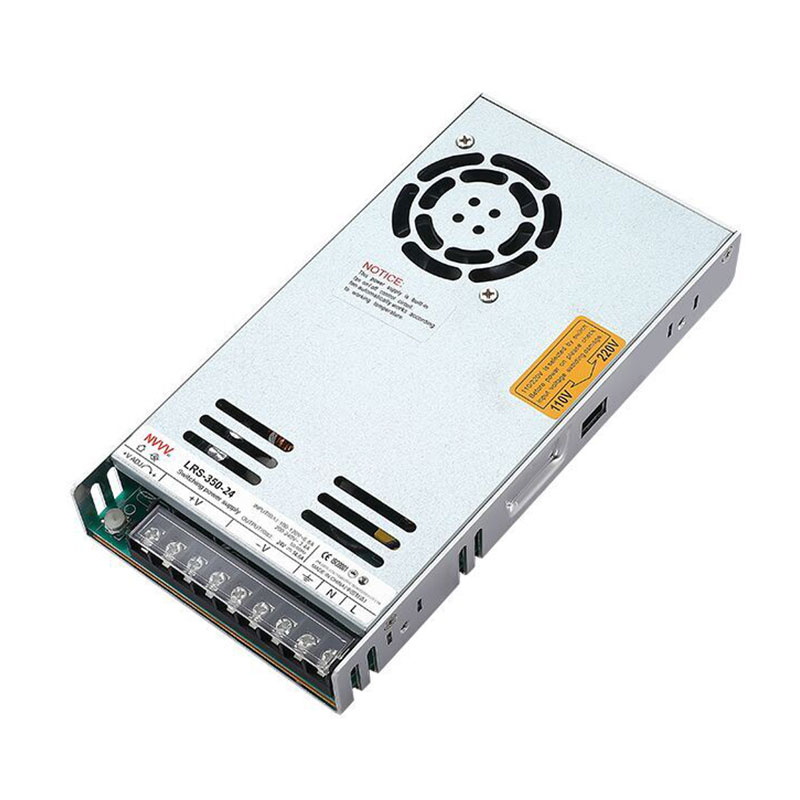What is a SMPS and how does it generate harmonics?
What is SMPS
The Switch-Mode Power Supply (SMPS) has become ubiquitous in modern power electronics, largely due to its numerous advantages over traditional power supply technologies. Its reduced size and weight, better energy efficiency, and lower cost make it far superior to the older generation power supplies it has largely replaced. The SMPS is an essential component in a wide variety of electronic devices, from personal computers to industrial machinery, due to its ability to efficiently convert electrical power into the required form for these devices.
Electronic devices need power supplies to convert the standard 120VAC receptacle voltage to the low voltage DC levels that they require. Older generation power supplies used large and heavy 60 Hz step-down transformers to convert the AC input voltage to lower values before rectification. These transformers, although effective, were bulky and inefficient, contributing to significant energy losses and increased physical space requirements. In contrast, the SMPS avoids the need for these heavy transformers by directly rectifying the 120VAC using an input diode bridge. This rectified voltage is then converted to lower voltages by much smaller and lighter switch-mode DC-to-DC converters using tiny transformers that operate at very high frequencies. Consequently, the SMPS is very small and light, making it ideal for applications where space and weight are critical considerations.
The SMPS and Its Efficiency
One of the key benefits of the switched-mode power supply is its efficiency. Traditional linear power supplies dissipate excess energy as heat, resulting in significant energy losses. The SMPS, however, achieves high efficiency by rapidly switching on and off, minimizing energy loss during the conversion process. This rapid switching occurs at frequencies ranging from tens of kilohertz to several megahertz, which allows for the use of much smaller inductors and transformers. These high-frequency operations are fundamental to the SMPS’s ability to achieve compact size and high efficiency.
Moreover, the efficiency of SMPS can be further enhanced through various design optimizations. For instance, advanced control techniques such as pulse-width modulation (PWM) and pulse-frequency modulation (PFM) enable precise regulation of output voltage and current, ensuring that the power supply operates at peak efficiency under varying load conditions. Additionally, modern SMPS designs often incorporate power factor correction (PFC) circuits to improve the power factor, reducing reactive power consumption and minimizing losses in the distribution network.
The Downsides: Harmonics Generation
Despite its numerous advantages, the switch mode power supply is not without its downsides. One significant issue is the generation of harmonics. The operation of the diode bridge and accompanying smoothing capacitor in an SMPS is highly nonlinear. Unlike linear power supplies, which draw current in a continuous and sinusoidal manner, the SMPS draws current in nonsinusoidal pulses, particularly at the peaks of the voltage waveform. This non-sinusoidal current waveform is rich in harmonic currents, which can cause various problems in the electrical distribution network.
Harmonics are essentially higher-frequency components superimposed on the fundamental frequency of the electrical supply. In the case of the SMPS, the rapid switching and nonlinear current draw result in the generation of harmonics at multiples of the fundamental frequency. Common harmonics generated by SMPS include the 3rd, 5th, 7th, and higher-order harmonics. These harmonics can interfere with the normal operation of other electronic equipment, causing issues such as electromagnetic interference (EMI), overheating of transformers and capacitors, and reduced efficiency of electrical motors.
Impact on Commercial Buildings
Because the switching power supply has become the standard power supply for computers and many other electronic devices, they are found in large quantities in commercial buildings. Acting together, the multitude of SMPS units can badly distort what started out as a sine wave voltage waveform. This distortion is primarily due to the cumulative effect of the harmonic currents drawn by numerous SMPS units operating simultaneously.
Twice per cycle, every SMPS draws a pulse of current to recharge its capacitor to the peak value of the supply voltage. Between voltage peaks, the capacitor discharges to support the load, and the SMPS does not draw current from the utility. The supply voltage peak is flattened by the instantaneous voltage drops throughout the distribution system caused by the simultaneous current pulses drawn by multiple SMPS units. This flattening of the voltage waveform can lead to a situation where the expected sine wave with a peak of 120 x √2 = 169.4V instead starts to resemble a square wave. The flattened voltage waveform contains a lowered fundamental voltage component plus 3rd, 5th, 7th, 9th, and higher voltage harmonics.
Mitigating Harmonics in SMPS
Addressing the issue of harmonics generated by switching mode power supply involves several strategies. One effective approach is the use of active power factor correction (PFC) circuits. These circuits help to shape the input current waveform to more closely match the input voltage waveform, thereby reducing the harmonic content of the current drawn by the SMPS. Active PFC circuits achieve this by employing additional components such as inductors, capacitors, and active switches, which are controlled to ensure that the input current remains sinusoidal and in phase with the input voltage.
Another approach is the design of SMPS with lower harmonic generation in mind. This can include the use of spread spectrum techniques, where the switching frequency of the SMPS is varied over a small range rather than remaining fixed. This variation helps to spread the harmonic energy over a wider frequency range, reducing the peak harmonic amplitudes and minimizing their impact on the electrical system.
Additionally, installing harmonic filters in the electrical distribution system can help to mitigate the effects of harmonics. These filters are designed to absorb or block specific harmonic frequencies, preventing them from propagating through the network and causing interference with other equipment. Harmonic filters can be either passive, consisting of inductors and capacitors, or active, using electronic components to dynamically cancel out harmonic frequencies.
Conclusion
In conclusion, while the Switched Mode Power Supply (SMPS) offers significant advantages in terms of size, weight, efficiency, and cost, it is not without its challenges. The nonlinear operation of SMPS can lead to the generation of harmonics, which can distort the voltage waveform and cause various issues in the electrical distribution system. However, with the adoption of advanced design techniques and mitigation strategies such as active power factor correction, spread spectrum techniques, and harmonic filters, the negative impacts of harmonics can be effectively managed. Understanding the operation and potential downsides of SMPS is crucial for engineers and technicians involved in the design, installation, and maintenance of modern power electronic systems. By addressing these challenges, we can continue to leverage the benefits of SMPS technology while ensuring the stability and efficiency of our electrical infrastructure.












